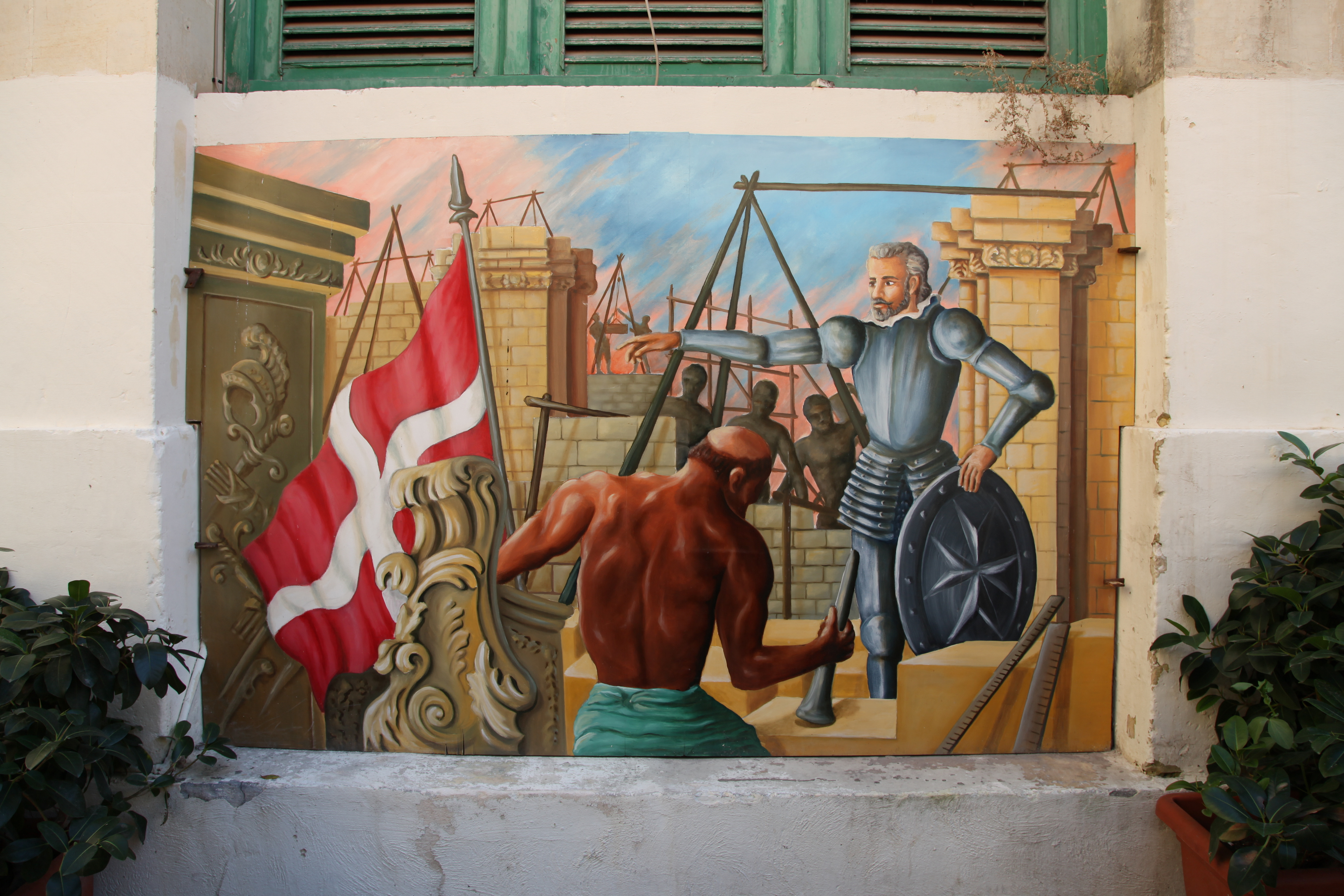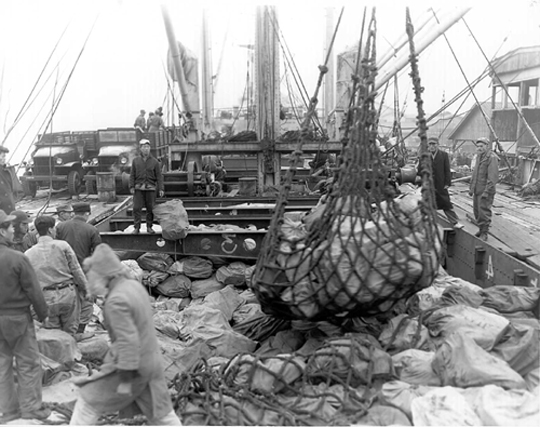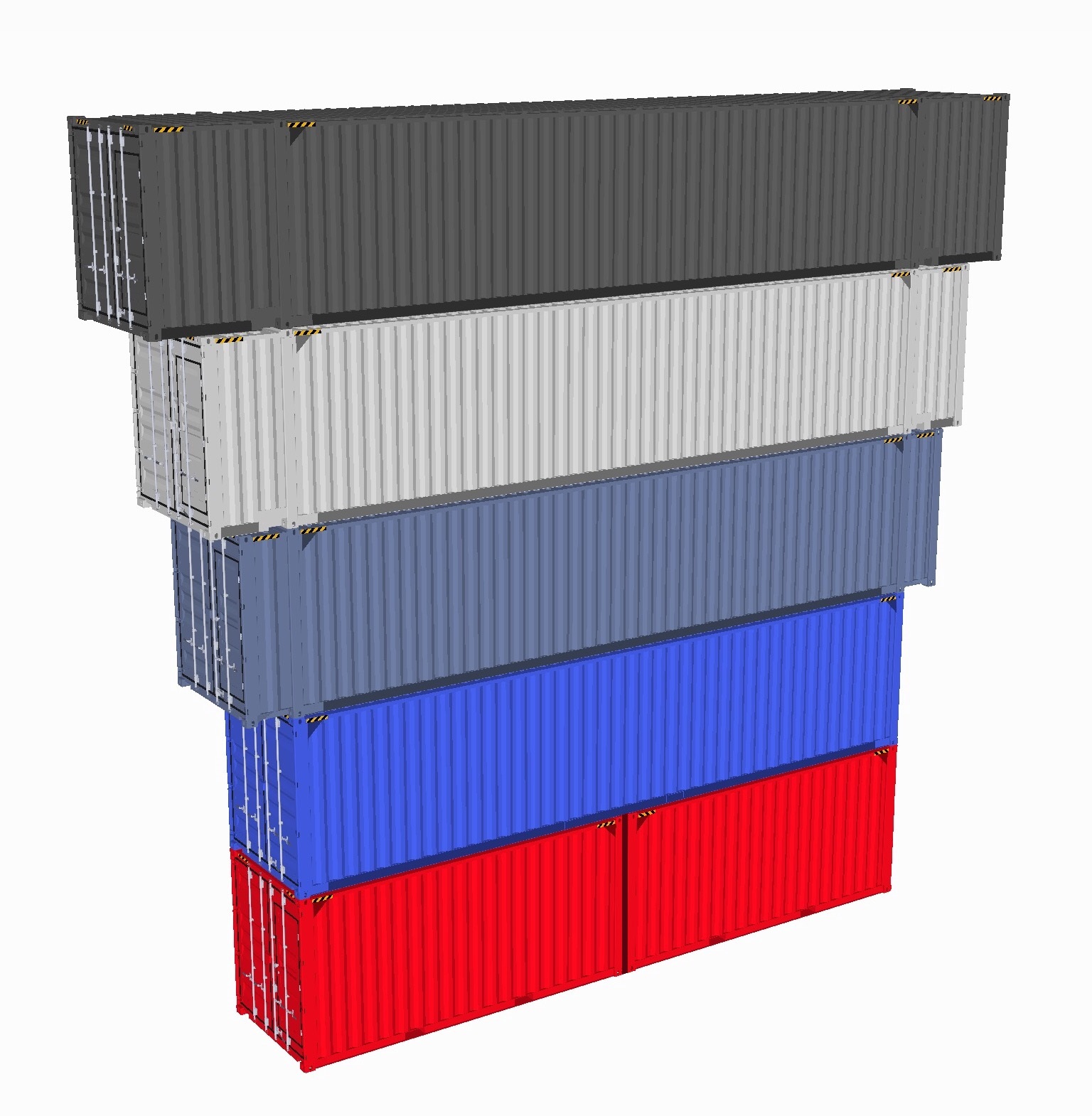|
COSCO Guangzhou
''COSCO Guangzhou'' is a container ship built for Cosco Ship Management in 2006. The ship has capacity for 9,500 TEU and mostly sails between the ports in China, India and Japan and those in Western Europe and the United States. Design ''COSCO Guangzhou'' is 350 meters long, with a beam of 43 meters. The fully loaded draft is 11.50 meters, giving a deadweight tonnage of 107,000 tonnes and a gross tonnage of 99,833 GT. The ship features several new design innovations, including a type of paint that decreases water resistance. The ship's Mitsubishi engines provide 52,650 hp, and a cruising speed of 24.5 knots. The fuel and lubricant oil consumption are 4% less than in a comparable ship. Her bridge equipment includes an Automatic Identification System (AIS), GPS, Differential GPS Differential Global Positioning Systems (DGPSs) supplement and enhance the positional data available from global navigation satellite systems (GNSSs). A DGPS can increase accuracy of positional ... [...More Info...] [...Related Items...] OR: [Wikipedia] [Google] [Baidu] |
Rotterdam
Rotterdam ( , ; ; ) is the second-largest List of cities in the Netherlands by province, city in the Netherlands after the national capital of Amsterdam. It is in the Provinces of the Netherlands, province of South Holland, part of the North Sea mouth of the Rhine–Meuse–Scheldt delta, via the Nieuwe Maas, New Meuse inland shipping channel, dug to connect to the Meuse at first and now to the Rhine. Rotterdam's history goes back to 1270, when a dam was constructed in the Rotte (river), Rotte. In 1340, Rotterdam was granted city rights by William II, Count of Hainaut, William IV, Count of Holland. The Rotterdam–The Hague metropolitan area, with a population of approximately 2.7 million, is the List of urban areas in the European Union, 10th-largest in the European Union and the most populous in the country. A major logistic and economic centre, Rotterdam is Port of Rotterdam, Europe's largest seaport. In 2022, Rotterdam had a population of 655,468 and is home to over 1 ... [...More Info...] [...Related Items...] OR: [Wikipedia] [Google] [Baidu] |
Valletta
Valletta ( ; , ) is the capital city of Malta and one of its 68 Local councils of Malta, council areas. Located between the Grand Harbour to the east and Marsamxett Harbour to the west, its population as of 2021 was 5,157. As Malta’s capital city, it is a commercial centre for shopping, bars, dining, and café life. It is also the southernmost capital of Europe, and at just , it is the European Union's smallest capital city. Valletta's 16th-century buildings were constructed by the Hospitaller Malta, Knights Hospitaller. The city was named after the Frenchman Jean Parisot de Valette, who succeeded in defending the island against an Ottoman invasion during the Great Siege of Malta. The city is Baroque architecture, Baroque in character, with elements of Mannerist architecture#Mannerist architecture, Mannerist, Neoclassical architecture, Neo-Classical and Modern architecture, though the Second World War left major scars on the city, particularly the destruction of the Royal Oper ... [...More Info...] [...Related Items...] OR: [Wikipedia] [Google] [Baidu] |
Hyundai Heavy Industries
HD Hyundai Heavy Industries Co., Ltd. (HHI; ) is the world's largest shipbuilding company and a major heavy equipment manufacturer. Its headquarters are in Ulsan, South Korea. History HHI was founded in 1972 by Chung Ju-yung as a division of the Hyundai Group, and in 1974, completed building its first ships. In 2002, the company was spun-off from its parent company. HHI has four core business divisions: Shipbuilding, Offshore & Engineering, Industrial Plant & Engineering, and Engine & Machinery. HHI also has five non-core related subsidiaries: Hyundai Electric & Energy Systems, Hyundai Construction Equipment, Hyundai Robotics, Hyundai Heavy Industries Green Energy, and Hyundai Global Service. The Hyundai Group started as a small South Korean construction firm in 1947, headed by its founder, Korean entrepreneur Chung Ju-yung. Another widely known and closely related Korean company, the Hyundai Motor Company, was founded in 1967, five years prior to the founding of the H ... [...More Info...] [...Related Items...] OR: [Wikipedia] [Google] [Baidu] |
Maritime Call Sign
Maritime call signs are call signs assigned as unique identifiers to ships and boats. All radio transmissions must be individually identified by the call sign. Merchant and naval vessels are assigned call signs by their national licensing authorities. History One of the earliest applications of radiotelegraph operation, long predating broadcast radio, were marine radio stations installed aboard ships at sea. In the absence of international standards, early transmitters constructed after Guglielmo Marconi's first transatlantic message in 1901 were issued arbitrary two-letter calls by radio companies, alone or later preceded by a one-letter company identifier. These mimicked an earlier railroad telegraph convention where short, two-letter identifiers served as Morse code abbreviations to denote the various individual stations on the line (for instance, AX could represent Halifax). "N" and two letters would identify U.S. Navy; "M" and two letters would be a Marconi station. On ... [...More Info...] [...Related Items...] OR: [Wikipedia] [Google] [Baidu] |
Container Ship
A container ship (also called boxship or spelled containership) is a cargo ship that carries all of its load in truck-size intermodal containers, in a technique called containerization. Container ships are a common means of commercial intermodal freight transport and now carry most seagoing non-bulk cargo. Container ship capacity is measured in twenty-foot equivalent units (TEU). Typical loads are a mix of 20-foot (1-TEU) and 40-foot (2-TEU) ISO-standard containers, with the latter predominant. Today, about 90% of non-bulk cargo worldwide is transported by container ships, the largest of which, from 2023 onward, can carry over 24,000 TEU. History There are two main types of dry cargo: bulk cargo and break bulk cargo. Bulk cargoes, like grain or coal, are transported unpackaged in the hull of the ship, generally in large volume. Break-bulk cargoes, in contrast, are transported in packages, and are generally manufactured goods. Before the advent of containerization in the ... [...More Info...] [...Related Items...] OR: [Wikipedia] [Google] [Baidu] |
COSCO
China Ocean Shipping Company (COSCO) was a former shipping corporation from 1961 to 2016, owned by the State Council of the People's Republic of China, State Council of China. The company merged with China Shipping Group, China Shipping Group Company to form COSCO Shipping, China COSCO Shipping Corporation in January 2016. COSCO was founded in 1961 as a state-owned shipping and logistics services supplier company. COSCO headquarters is in Ocean Plaza in the Xicheng District in Beijing. It owns 1114 ships, including 365 dry bulk vessels, a container fleet with a capacity of , and a tanker fleet of 120 vessels. The fleet calls at over a thousand ports worldwide. It ranks among the largest in both number of Containerization, container ships and aggregate container volume in the world. In 2012, it was among China's top 15 brands. It was the largest dry bulk carrier in China and one of the largest dry bulk shipping operators worldwide. In addition, the Group is the largest li ... [...More Info...] [...Related Items...] OR: [Wikipedia] [Google] [Baidu] |
Twenty-foot Equivalent Unit
The twenty-foot equivalent unit (abbreviated TEU or teu) is a general unit of cargo capacity, often used for container ships and container ports.Rowlett, 2004. It is based on the volume of a intermodal container, a standard-sized metal box that can be easily transferred between different modes of transportation, such as ships, trains, and trucks. Detailed dimensions: 20-foot and 40-foot containers The standard intermodal container is long and wide. The height of such containers is most commonly but ranges from to . Another standard container is slightly more than twice as long: , dubbed a forty-foot equivalent unit (often FEU or feu). The reason the smaller container is short of 20 feet is to allow it to be stacked efficiently with 40-foot containers. The twistlocks on a ship are set so that two standard 20-foot containers have a gap of , allowing a single 40-foot container to fit precisely on top. The 40-foot containers have found wider acceptance, as they can be ... [...More Info...] [...Related Items...] OR: [Wikipedia] [Google] [Baidu] |
Deadweight Tonnage
Deadweight tonnage (also known as deadweight; abbreviated to DWT, D.W.T., d.w.t., or dwt) or tons deadweight (DWT) is a measure of how much weight a ship can carry. It is the sum of the weights of cargo, fuel, fresh water Fresh water or freshwater is any naturally occurring liquid or frozen water containing low concentrations of dissolved salt (chemistry), salts and other total dissolved solids. The term excludes seawater and brackish water, but it does include ..., ballast water, provisions, passengers, and crew. DWT is often used to specify a ship's maximum permissible deadweight (i.e. when it is fully loaded so that its Plimsoll line is at water level), although it may also denote the actual DWT of a ship not loaded to capacity. Definition Deadweight tonnage is a measure of a vessel's weight carrying capacity, not including the empty weight of the ship. It is distinct from the displacement (weight of water displaced), which includes the ship's own weight, or the ... [...More Info...] [...Related Items...] OR: [Wikipedia] [Google] [Baidu] |
Gross Tonnage
Gross tonnage (GT, G.T. or gt) is a nonlinear measure of a ship's overall internal volume. Gross tonnage is different from gross register tonnage. Neither gross tonnage nor gross register tonnage should be confused with measures of mass or weight such as deadweight tonnage or displacement. Gross tonnage, along with net tonnage, was defined by the ''International Convention on Tonnage Measurement of Ships, 1969'', adopted by the International Maritime Organization (IMO) in 1969, and came into force on 18 July 1982. These two measurements replaced gross register tonnage (GRT) and net register tonnage (NRT). Gross tonnage is calculated based on "the moulded volume of all enclosed spaces of the ship" and is used to determine things such as a ship's manning regulations, safety rules, registration fees, and port dues, whereas the older gross register tonnage is a measure of the volume of only certain enclosed spaces. History The International Convention on Tonnage Measurement of ... [...More Info...] [...Related Items...] OR: [Wikipedia] [Google] [Baidu] |
Automatic Identification System
The automatic identification system (AIS) is an automatic tracking system that uses transceivers on ships and is used by vessel traffic services (VTS). When satellites are used to receive AIS signatures, the term ''Satellite-AIS'' (S-AIS) is used. AIS information supplements marine radar, which continues to be the primary method of collision avoidance for water transport. Although technically and operationally distinct, the ADS-B system is analogous to AIS and performs a similar function for aircraft. Information provided by AIS equipment, such as unique identification, coordinate system, position, course (navigation), course, and speed, can be displayed on a screen or an electronic chart display and information system (ECDIS). AIS is intended to assist a vessel's watchstanding officers and allow sea, maritime authorities to track and monitor vessel movements. AIS integrates a standardization, standardized very high frequency, VHF transceiver with a positioning system such a ... [...More Info...] [...Related Items...] OR: [Wikipedia] [Google] [Baidu] |
Differential GPS
Differential Global Positioning Systems (DGPSs) supplement and enhance the positional data available from global navigation satellite systems (GNSSs). A DGPS can increase accuracy of positional data by about a thousandfold, from approximately to . DGPSs consist of networks of fixed position, ground-based reference stations. Each reference station calculates the difference between its highly accurate known position and its less accurate satellite-derived position. The stations broadcast this data locally—typically using ground-based transmitters of shorter range. Non-fixed (mobile) receivers use it to correct their position by the same amount, thereby improving their accuracy. The United States Coast Guard (USCG) previously ran DGPS in the United States on longwave radio frequencies between and near major waterways and harbors. It was discontinued in March 2022. The USCG's DGPS was known as NDGPS (Nationwide DGPS) and was jointly administered by the Coast Guard and the United ... [...More Info...] [...Related Items...] OR: [Wikipedia] [Google] [Baidu] |







